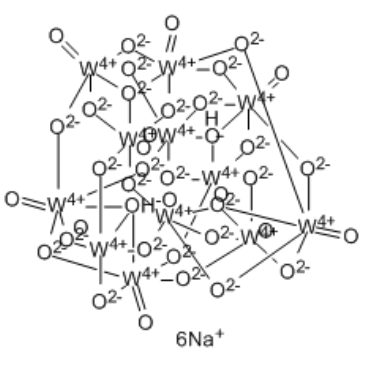Sedimentary Sulphur:Iron Ratio Indicates Vivianite Occurrence: A Study from Two Contrasting Freshwater Systems.
Matthias Rothe, Andreas Kleeberg, Björn Grüneberg, Kurt Friese, Manuel Pérez-Mayo, Michael Hupfer
Index: PLoS ONE 10 , e0143737, (2015)
Full Text: HTML
Abstract
An increasing number of studies constrain the importance of iron for the long-term retention of phosphorus (P) under anoxic conditions, i.e. the formation of reduced iron phosphate minerals such as vivianite (Fe3(PO4)2⋅8H2O). Much remains unknown about vivianite formation, the factors controlling its occurrence, and its relevance for P burial during early sediment diagenesis. To study the occurrence of vivianite and to assess its relevance for P binding, surface sediments of two hydrologically contrasting waters were analysed by heavy-liquid separation and subsequent powder X-ray diffraction. In Lake Arendsee, vivianite was present in deeper sediment horizons and not in the uppermost layers with a sharp transition between vivianite and non-vivianite bearing layers. In contrast, in lowland river Lower Havel vivianite was present in the upper sediment layers and not in deeper horizons with a gradual transition between non-vivianite and vivianite bearing layers. In both waters, vivianite occurrence was accompanied by the presence of pyrite (FeS2). Vivianite formation was favoured by an elevated iron availability through a lower degree of sulphidisation and was present at a molar ratio of total sulphur to reactive iron smaller than 1.1, only. A longer lasting burden of sediments by organic matter, i.e. due to eutrophication, favours the release of sulphides, and the formation of insoluble iron sulphides leading to a lack of available iron and to less or no vivianite formation. This weakening in sedimentary P retention, representing a negative feedback mechanism (P release) in terms of water quality, could be partly compensated by harmless Fe amendments.
Related Compounds
| Structure | Name/CAS No. | Molecular Formula | Articles |
|---|---|---|---|
 |
POM 1
CAS:12141-67-2 |
H2Na6O40W12 |
|
CD39 is a promising therapeutic antibody target for the trea...
2015-01-01 [Am. J. Transl. Res. 7(6) , 1181-8, (2015)] |
|
Regulatory T cell-derived adenosine induces dendritic cell m...
2015-04-15 [J. Immunol. 194(8) , 3735-44, (2015)] |
|
B. Plewinsky, R. Kamps
[Makromol. Chem. 185 , 1429, (1984)] |
|
M.R. Gregory, K.A. Johnston
[N.Z. J. Geol. Geophys. 30 , 317, (1987)] |